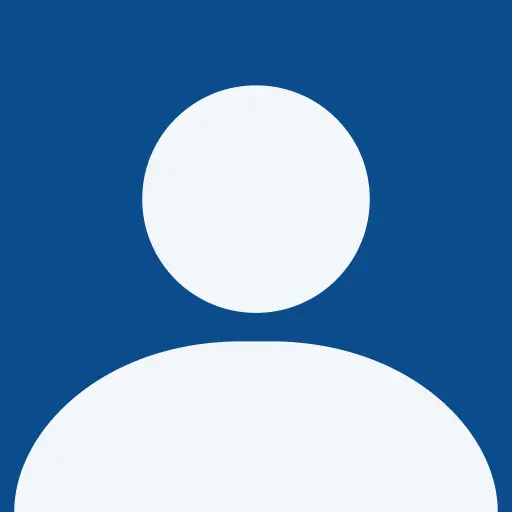
Namyang Style! Now everybody cross your arms, bounce up an down and go wopp wopp wopp. I bet you’re looking really silly right now. Perhaps silly is what you’d think if we tell you that Hyundai actually has a hot hatch. No not a hatchback made to look hot, but one which is hot… you know what I mean right?
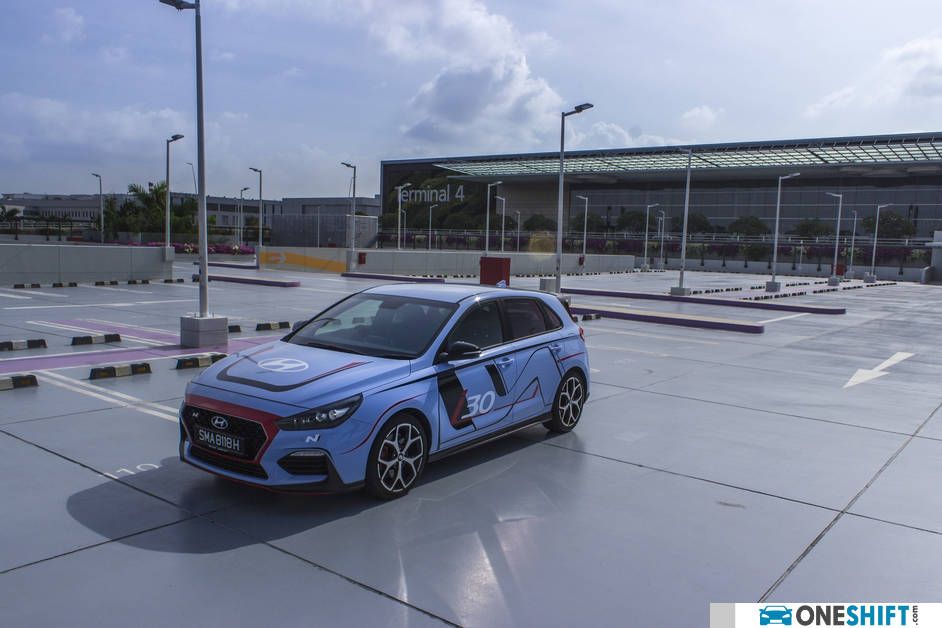
The new i30N begins life as a humble hatchback, a car built chiefly to compete against the likes of a Volkswagen Golf. The 1.4 litre version is already such a sweet drive, but compared to the Volkswagen Golf, dubbed the “King of Hatchbacks”, it does lose out quite a bit in build and material quality. But that is expected, since the i30 is built to a price, and price may be their winning formula in this respect… or is it?
It is also to no surprise that the high performing i30N is aimed squarely at the Golf GTi. But can Namyang’s firecracker be a better car than the King from Wolfsburg?
Wopp wopp wopp… let us go find out!*
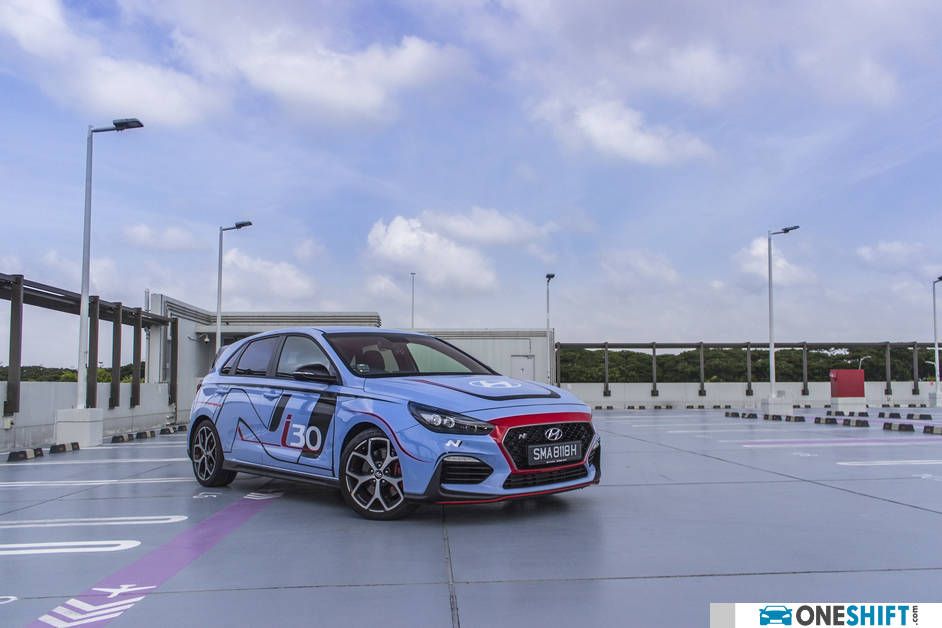
*But for those who cannot drive stick, do stop reading, since the i30N is only sold with a 6-speed manual transmission.
The N model benefits from some look-faster body kit, inclusive of blacked out headlamps, a repositioned set of running lights, a specially built rear wing and twin tail pipes. Grip is provided by Pilot Super Sports from Michelin, on 18” rims.
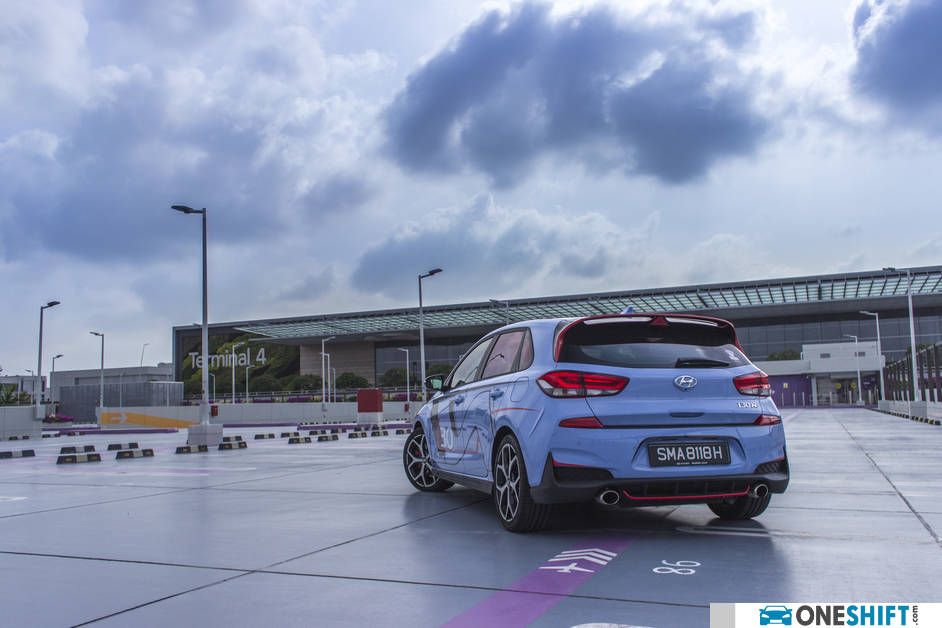
With the added power, there is more lateral support from the seats, and grip to your bottom is also improved with the help from alcantara surfaces. Interior differences here are minor, apart from a redesigned steering wheel with two large blue drive mode toggles under the left and right spokes, some discreet shift lights within the instrument binnacle and a lovely looking stick shifter.

Cargo room is similar to the vanilla i30 hatch, and rear seats also do fold in 40:60 fashion. There is however a strut bar between the seatbacks and the rest of the boot, which the Korean manufacturer says, adds an additional 6 percent more in terms of stiffness. That said, the bar in my opinion does not get very much in the way even when the rear seats are folded.

The i30N is powered by their 2.0 turbocharged ‘Theta’ engine, good for 250hp and 353Nm, and mated to a very slick-shifting six-speed manual transmission. 0-100km/h takes 6.4 seconds (the same as the Volkswagen Golf GTi). Singapore, at least for now will not be getting the ‘Performance Package’, which adds another 25hp, and an additional 25Nm (on overboost); while it does a quicker century sprint at 6.1 seconds.
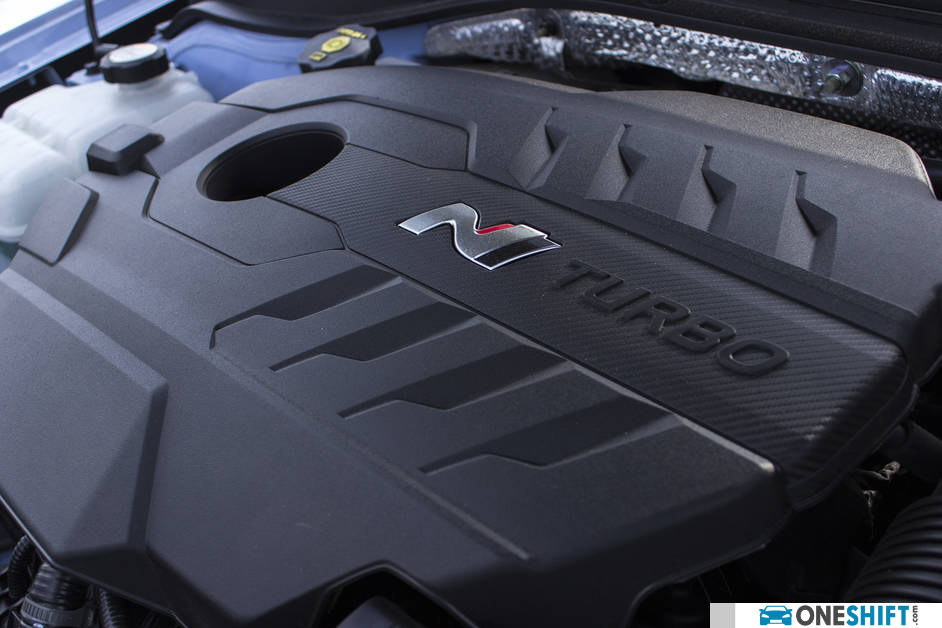
We admit that we drove the i30N mostly in ‘N mode’ (so… would that mean that the corresponding drive mode button be called the ‘Namyang’ button?), which is the equivalent of ‘Sport+’.
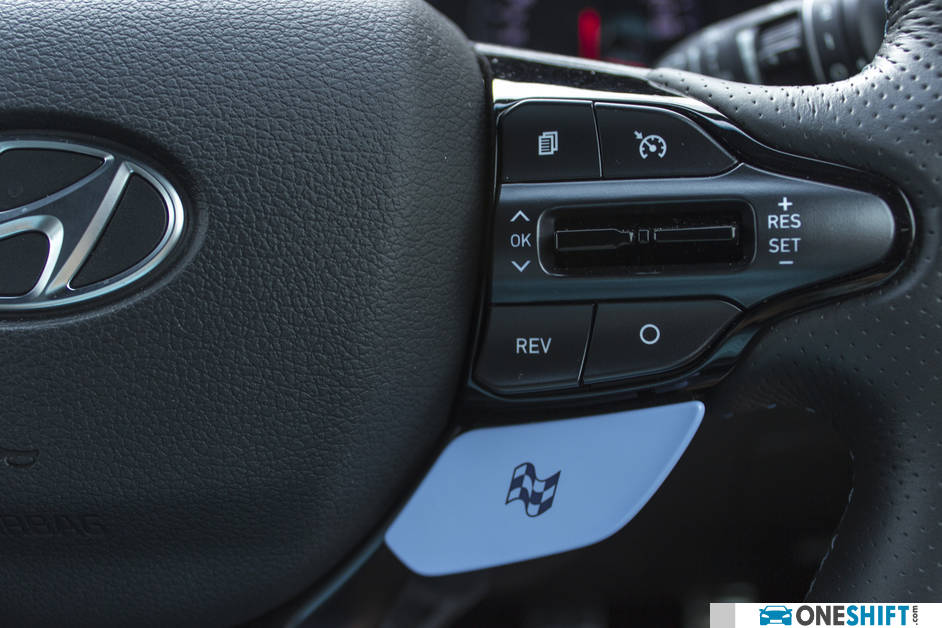
Acceleration somehow feels a little more rapid than the Golf GTi, likely due to the DIY gear changes. Push the engine hard, and shift lights begin in orange, and then climb onto red, prompting you to swop cogs. Clutch in, and you will get rewarded with some backfiring before switching to the next cog. Work upward through first four ratios, and you will realise that the sweet 2.0 has plenty to deliver. Fifth and sixth seem more intended for cruising.

Clutching in and dropping a gear induces lovely throttle blips, and addictive exhaust pops, ensuring that you can rev-match the car into a lower gear easily, without wearing down the transmission.
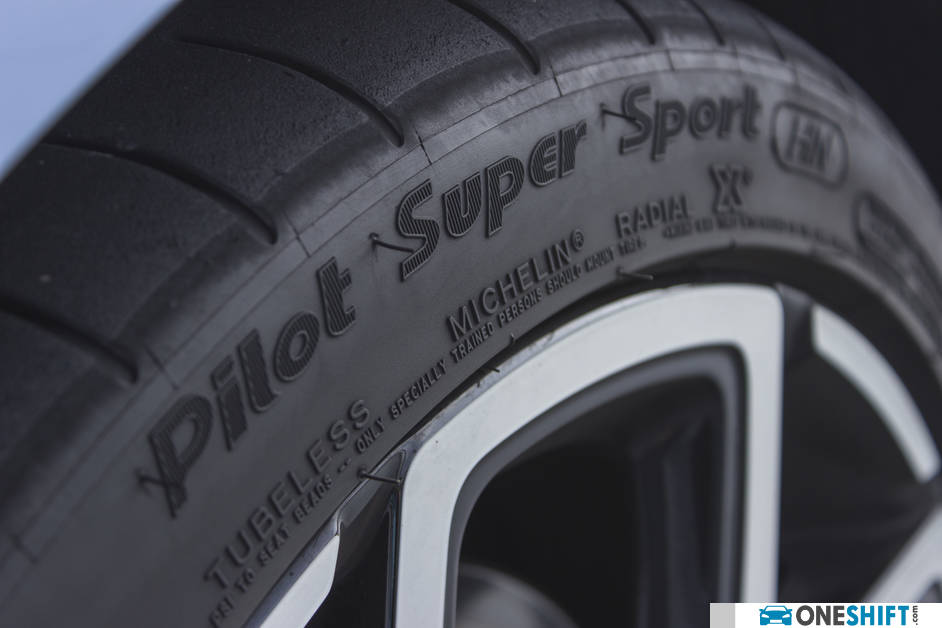
We do like how well-weighted and precise the steering is. Pitch the i30N into a bend at most sane road speeds, and the car feels neutral and planted, and grip from those Pilot Super Sport tyres, with their large patchwork is spot-on. Even with harder cornering, the i30N takes on the bends with just minimal front-drive understeer, which can be corrected with some lifting off.
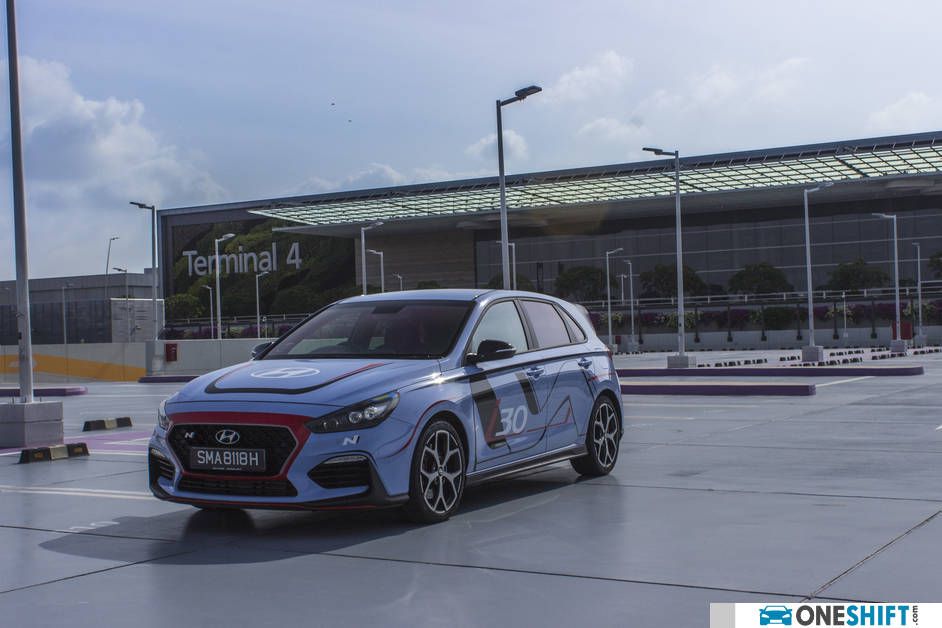
We like how the i30N wants you to drive it hard, and within minutes of getting in, you will feel at one with the car.
Ride comfort for what the ’N’ is built for is decent enough, although the thick-walled runflat tyres do add to a slightly jarring ride.
We would honestly feel that the i30N does not even need a drive mode switch, if you do love a hot hatch that is. But after working through the cogs (mostly in gears 1 through 4), squeezing the throttle and pitching the hatch around so many corners; where it feels like the well developed driver’s car it should be; there however is a side of me when stopping at the lights that goes “oh right, it is an i30”... with an interior not built like its German competition, and definately to a price, although we must say that it is certainly better than Renault’s offering.
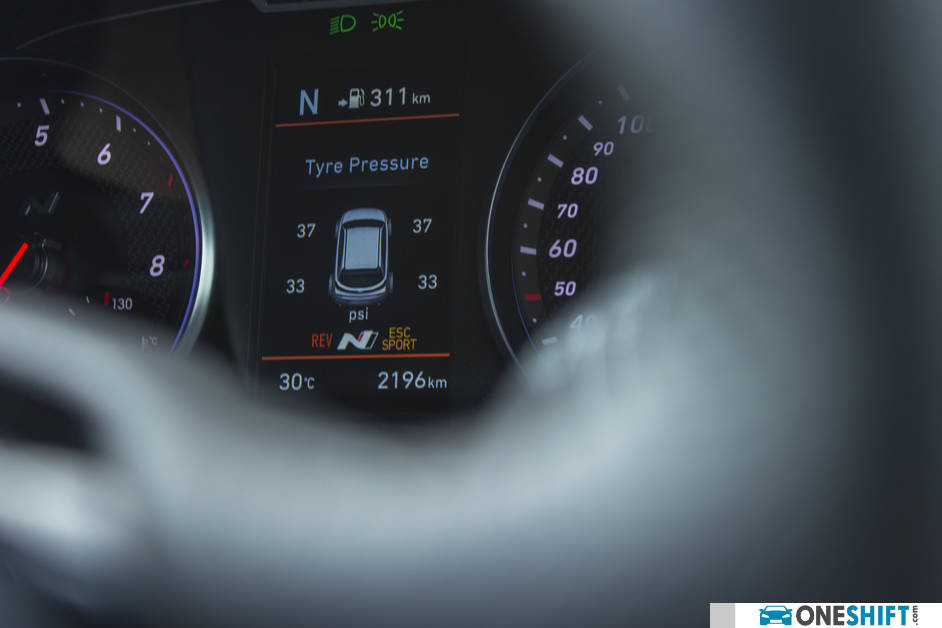
That said, it really is not how quick it hits 100km/h, or how much power it produces, or if it has the tech that no other car in its class has (like the four-wheel steering and trick suspension in the Renault Megane R.S.), but more of how the car comes together to deliver that spot-on slick driver satisfaction, which certainly gets my approval.








Get the Best Price for your used car
from 500+ dealers in 24 hours

- Convenient and Hassle-Free
- Consumer Protection
Transparent Process
With No Obligation









